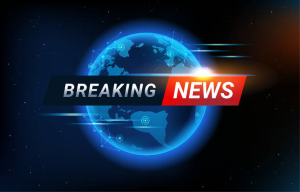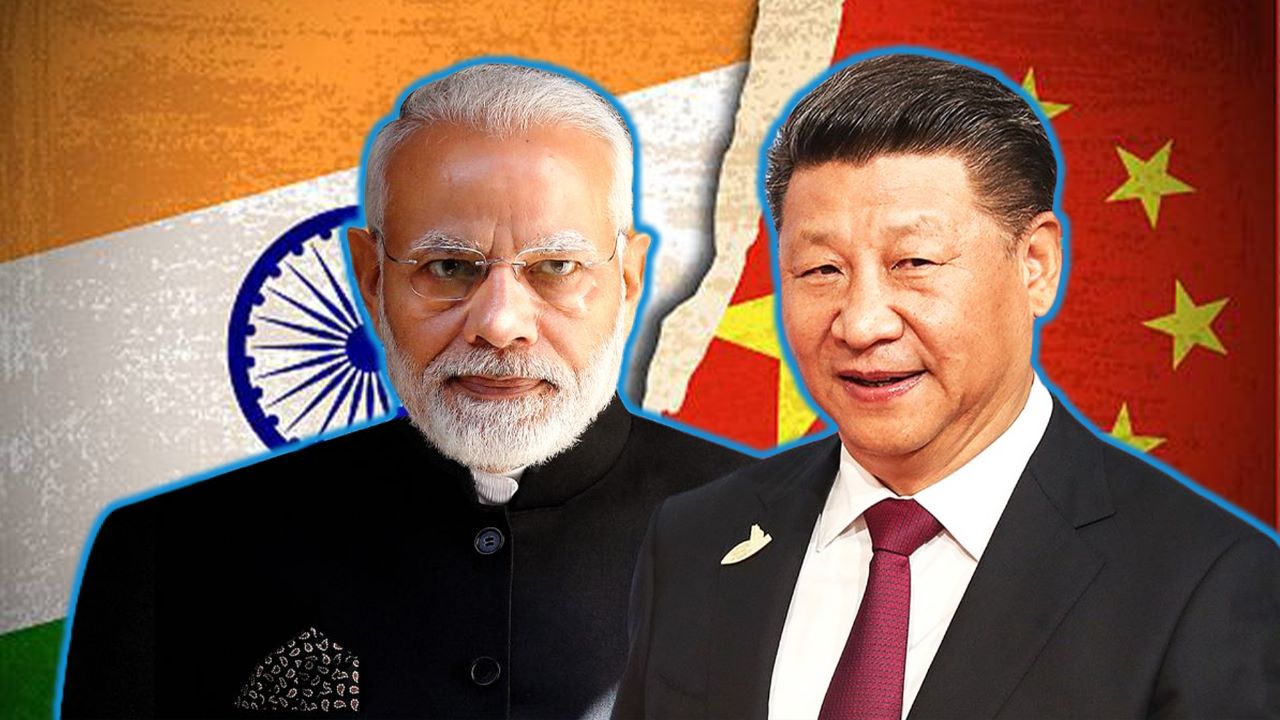India-Pakistan War: Why China Remained Neutral During 1999 Kargil Conflict That Almost Led To Nuke Deployment

India commemorates the 25th year of Operation Vijay, the day of her victory over Pakistan in the 1999 Kargil War.
India remembers the 527 brave hearts of the Indian army who laid down their precious lives defending the territorial integrity of the country. The war left about 1,363 personnel wounded.
Ironically, since the beginning, Pakistan had denied its army’s involvement in the Kargil conflict; Islamabad refused to accept the dead bodies of its fallen soldiers for fear of contradicting its false statement. Pakistani leading English daily Dawn News editorially exposed Pakistan’s Kargil perfidy in its issue of July 10, 2020, under the heading ‘Kargil Martyrs’, and also ‘The making of Kargil disaster’ in the issue of July 6, 2020.
Though India and Pakistan are both nuclear-armed countries, the Kargil War was fought as a conventional war. Both sides used almost all kinds of conventional weaponry. India deployed the Air Force also because she was on the defensive.
AfriPrime App link: FREE to download...
https://www.amazon.com/Africircle-AfriPrime/dp/B0D2M3F2JT
As against this, Pakistan did not and could not deploy her air force because Islamabad had denied having any role in the Kargil fighting and claimed that this was the business of Kashmir mujahedeen, whose headquarters is in Muzaffarabad in POJK (Pakistan-occupied Jammu and Kashmir).
However, documents left behind by Pakistan casualties and later statements by Pakistan Prime Minister Nawaz Sharif and his Chief of Army Staff confirmed the direct involvement of Pakistani paramilitary forces.
Nuclear Factor
Pakistan and India both possess Weapons of Mass Destruction. But in the Kargil war, nuclear power was not demonstrated. As the fighting in Kargil escalated, tension arose over a possible nuclear escalation.
India conducted her first nuclear test in 1974, then again in 1998, known as the Pokhran test. A few days later, Pakistan also conducted its maiden nuclear test.
Political observers took it as an indication of two South Asian nuclear countries getting involved in a nuclear clash at any time if stakes escalated in Kargil. A year later, the Kargil war started, and many nations desired that the war should come to an end lest the warring sides initiated a nuclear holocaust.
On May 31, 1999, Pakistani foreign secretary Shamshad Ahmad threatened that an escalation of the limited conflict could lead Pakistan to use “any weapon in its arsenal,” as was quoted by the News of Pakistan on May 31, 1999.
This statement was given credence by Pakistani political circles, who began to believe that Pakistan was determined to use nuclear options. Simultaneously, the leader of Pakistani Sente said, “The purpose of developing weapons becomes meaningless if they are not used when they are needed.” (Pakistan’s Nuclear Weapons Program, February 2000). It is believed that the successful nuclear test conducted by Pakistan a year ago emboldened Pakistan’s military, and it had markedly increased coercion against India, as was reflected in the testimony of George Perkovich’s (Vice President, the Carnegie Endowment for International Peace) testimony before the United States House Committee on Armed Services on February 1, 2006.
India–Pakistan conflict took a sinister turn when the US received intelligence through its sources that Pakistan was moving its warheads towards the border with India. Thereupon, President Bill Clinton tried to dissuade Nawaz Sharif from nuclear brinkmanship. Pakistan was threatened with dire consequences of any reckless move.
According to a White House official, Nawaz Sharif was surprised by the information about the missile movement in Pakistan and responded that India was also planning the same tactics. Here, it is necessary to mention that it appears India had informed Washington of Pakistan moving nuclear weapons to the border, and then the US confirmed it from its own sources. Yes, India might have reacted to Pakistan’s dangerous move, which made the US President issue a strict warning to the Pakistani Prime Minister.
In a defense journal in 2000, Sanjay Badri-Maharaj, a security expert, quoted another expert as saying that India, too, had readied at least five nuclear-tipped ballistic missiles, reported The Hindu on June 19, 2000.
AfriPrime App link: FREE to download...
https://www.amazon.com/Africircle-AfriPrime/dp/B0D2M3F2JT
Very few people know that the Indian Navy had also prepared to blockade Pakistani ports, primarily Karachi, to cut off supply routes under Operation Talwar, wrote Fredric Grare of Carnegie Endowment under the caption “The Resurgence of Baluch nationalism” on April 20, 2009.
American Role
As fighting broke out on Kargil heights and India deployed massive military hardware besides its air force, the Pakistani Prime Minister approached the US for help in de-escalating the conflict in Kargil.
Bruce Riedel, the then aide to President Clinton, reported that “US intelligence had imaged Pakistani movement of nuclear weapons to forward deployments for fear of the Kargil hostilities escalating into a wider conflict. However, President Clinton refused to intervene until Pakistan had removed all forces from the Indian side of the LoC.
“On May 16, 2002, the BBC flashed a news item “Pakistan prepared nuclear strike.”
On July 4, 1990, the Washington Accord was signed by the US and Pakistan. Nawaz Sharif agreed to withdraw Pakistani troops, with which most of the fighting came to a gradual halt. Some Pakistani forces had remained on the Indian side, and the United Jihad Council (an umbrella for Pakistani extremist groups) rejected Pakistan’s plan for withdrawal. It wanted fighting to continue.
In the last week of July, India launched a massive attack with full support of the air force under the Sefid Sagar operation plan and cleared the Dras area of Pakistani forces on July 26. India declared July 26 as Vijay Diwas. The day has since been marked Kargil Vijay Diwas.

China On Kargil War
China adopted a neutral position during the 1999 Kargil War for strong reasons, such as changing international equations, Pakistan’s defiance of Beijing’s advice, China’s growing concern about NATO’s eastward expansion, and rising anti-China sentiments in the United States.
China’s views on the Kargil conflict were also important to India because China is India’s neighbor and borders Pakistan, occupying nearly 5,000 square kilometers of Kashmir. China believed that military confrontation would not resolve the crisis and that continued Indo-Pak hostility would be detrimental to peace and security in South Asia.
China insisted on a pullout of forces to pre-conflict positions along the Line of Control (LOC) and settling border issues peacefully.
China’s views on the Kargil War included:
- Pullout: China insisted that both sides pull back to their pre-conflict positions along the Line of Control (LOC).
- Peaceful resolution: China advocated for settling border issues peacefully.
- Restraint: China advised both India and Pakistan to show restraint.
- Military confrontation: China believed that military confrontation would not resolve the crisis.
- South Asian peace: China believed that continued hostility between India and Pakistan would be detrimental to peace and security in South Asia.
Another reason why Beijing might have refrained from supporting Pakistan was that China itself has been trying to curb the Islamic movement in Xinjiang and control Uighur Muslims who waged a jihad against the communist country.
There have been reports that many Uighur separatists had been training in Pakistani camps. Any form of support to ‘Islamic terrorists’ could have jeopardized its own security and gone against its fundamental principles.
As a responsible power and neighbor, China refrained from taking sides in the Kargil imbroglio and adopted a neutral posture.
AfriPrime App link: FREE to download...
- Questions and Answers
- Opinion
- Story/Motivational/Inspiring
- Technology
- Art
- Causes
- Crafts
- Dance
- Drinks
- Film/Movie
- Fitness
- Food
- Игры
- Gardening
- Health
- Главная
- Literature
- Music
- Networking
- Другое
- Party
- Religion
- Shopping
- Sports
- Theater
- Wellness
- News
- Culture
- War machines and policy

